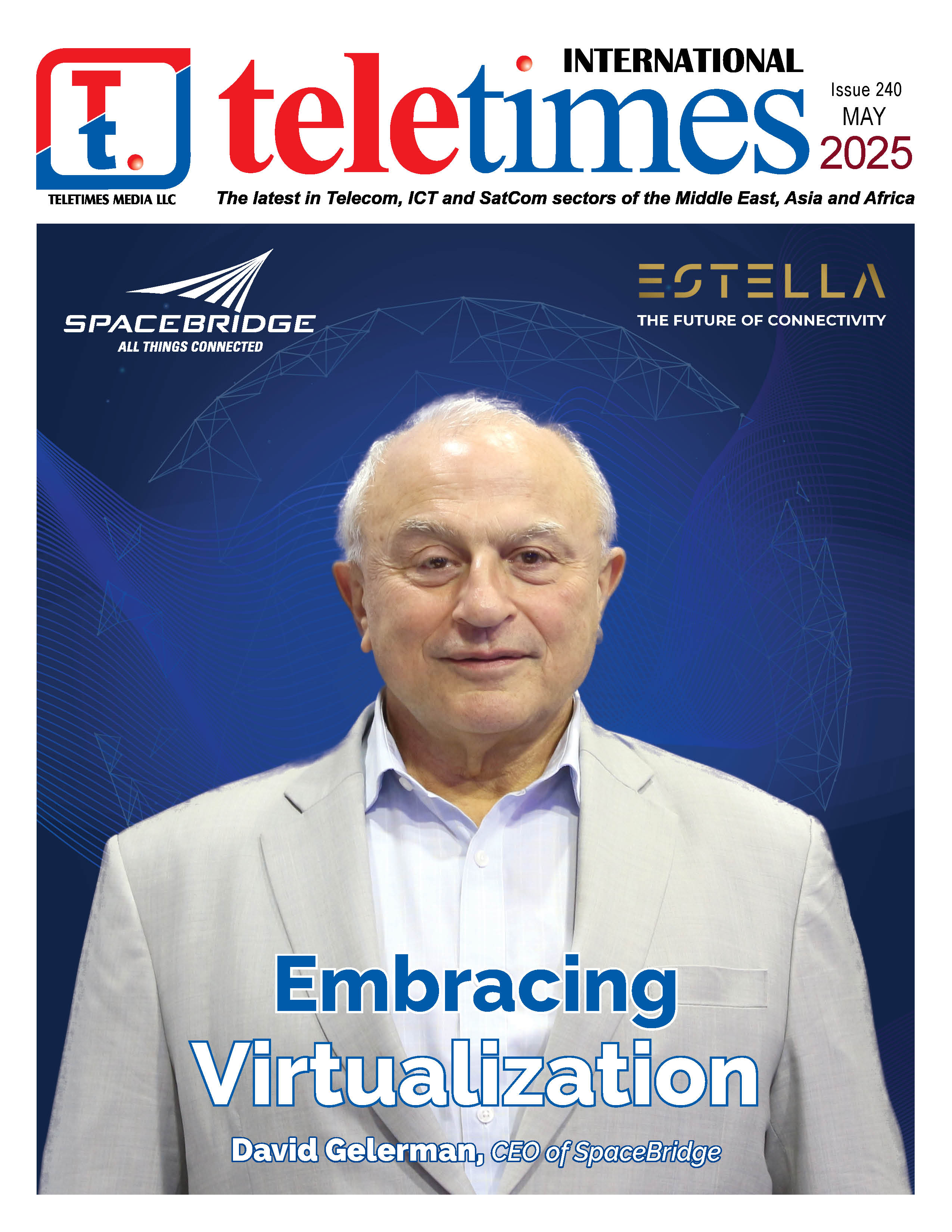By: Gulraiz Khalid
The 5G industry is advancing at an unprecedented speed, with 5G connections surpassing 640
million in 2023 and expected to soar to 10 billion by 2025. However, 5G-Advanced (5G-A) or
5.5G is bound to reshape our digital economies in 2024. The 3GPP Release 18 standard will be
frozen in March 2024, and telcos around the globe are actively engaged in testing and
innovating this advanced technology as the commercial deployment of 5G-Advanced seems
imminent.
Under the theme ‘Future First’, MWC Barcelona 2024 will bring industries, continents,
technologies, and communities together to realize the future’s potential and experience the
power of connections. 5G-Advanced is expected to be a key discussion point as many industry
players will likely show off their capabilities and influential views.
Progress in mobile communications technology often takes a generational cycle of ten years,
and technology watersheds occur around the fifth-year mark. The 5G race is about halfway
through, and 6G will not be put into commercial use until 2030. 5G-Advanced is urgently
needed to enhance capabilities for a more immersive experience, to explore the way for the
next generation of technologies and cultivated industry-related elements, and to generate
new business opportunities. The recent report by Juniper Research states that 5G-Advanced is
crucial for operators to capitalize $400 billion 5G in service revenue from 5G networks in 2024
– an annual growth of 32% from 2023.
The path is clearing for telcos around the world to evolve to 5G-Advanced.
Spectrum is one of the key elements for the mobile communication industry to evolve
sustainably. The World Radiocommunication Conference 2023 (WRC-23) recently concluded
with groundbreaking spectrum decisions that identified upper 6GHz (6425-7125MHz) as the
International Mobile Telecommunications (IMT) spectrum. With this new spectrum, the mobile
sector can plan the next wave of communications development through 5G-Advanced and
beyond, according to the GSMA.
Numerous major players in the telecom ecosystem have been testing this spectrum, and the
results are remarkable. Deutsche Telekom, for example, achieved a downlink speed of
12Gbps using 6GHz when bundled with 3.6GHz spectrum last September. One month later,
Vodafone also successfully tested the 6GHz spectrum and demonstrated that the technology
has the potential to achieve comparable coverage levels to today’s 5G networks.
On the other hand, mmWave spectrum (24GHz–300GHz), with the ability of ultra-large
bandwidth and low latency, has been allocated to nearly 100 operators in more than 20
countries and has been put into commercial use in markets such as Italy and Hong Kong.
Hong Kong Telecom (HKT) successfully displayed a live-broadcasting firework show above
Hong Kong’s Victoria Harbour using 8 drones and 400MHz mmWave standalone (SA) networks last October and announced to officially commercialize the 5G-Advanced network in 2024 by
the end of last year.
In terms of ecosystem and products, Qualcomm and Huawei have already separately
announced their achievements in 5G-Advanced. Qualcomm launched the first 5G-Advanced
ready chip in February 2023 and a module, Snapdragon 8 Gen 3, which supports 5G-
Advanced hardware last October. In the same month, Huawei released the world’s first full
series of 5G-Advanced products and solutions, aiming to help operators build optimal,
efficient, and green 5G-Advanced networks.
With the growing expectations of 5G-Advanced from the whole industry, more and more
operators, regulators, and organizations from the Middle East, China to the Asia-Pacific
region, and Europe have made efforts to promote the commercial use of 5G-Advanced
technologies.
At MWC Barcelona 2023, 19 industry leaders joined the ‘5G Future Community’ led by GSMA.
By October, 13 operators jointly launched Global 5.5G Network Pioneers, showcasing industry
consensus and enthusiasm to deploy 5G-Advanced.
Region-wise, in the Middle East, multiple operators have conducted a series of layouts and
tests to promote the commercialization of 5G-Advanced. In December 2023, industry experts
from organizations such as ITU, du, etisalat by e&, Qatar Ooredoo, Oman Vodafone, Huawei,
Ericsson, and Nokia jointly announced 2024 as the first year of 5G-Advanced era in the Middle
East. In Europe, Finland DNA showcased 5.5G technology on a live network, reaching a speed
of more than 10 Gbps and demonstrating Passive IoT technology, a new generation of IoT
introduced by 5G-Advanced. In China, various 5G-Advanced pilot projects have launched
across the country. Just a couple of days ago, China Unicom piloted a large-scale 5.5G network
in Beijing. By coordinating between high- and low-band and flexible deployment of outdoor
and indoor 5G-Advanced equipment, the network achieved a 10 Gbps downlink peak rate and
over 5 Gbps continuous experience, supporting multiple new applications including naked-
eye 3D, ultra-high-definition (UHD) shallow compression real-time production system, and
emerging XR applications.
With all elements ready and a strong willingness to deploy 5G-Advanced networks from the
industry, 5G-Advanced is poised to become a commercial reality in 2024. A large number of
operators, vendors, hardware and software services providers, and other industry leaders are
expected to announce their latest 5G-Advanced capabilities and commercial plans at the
MWC Barcelona 2024. Let’s stay tuned!












